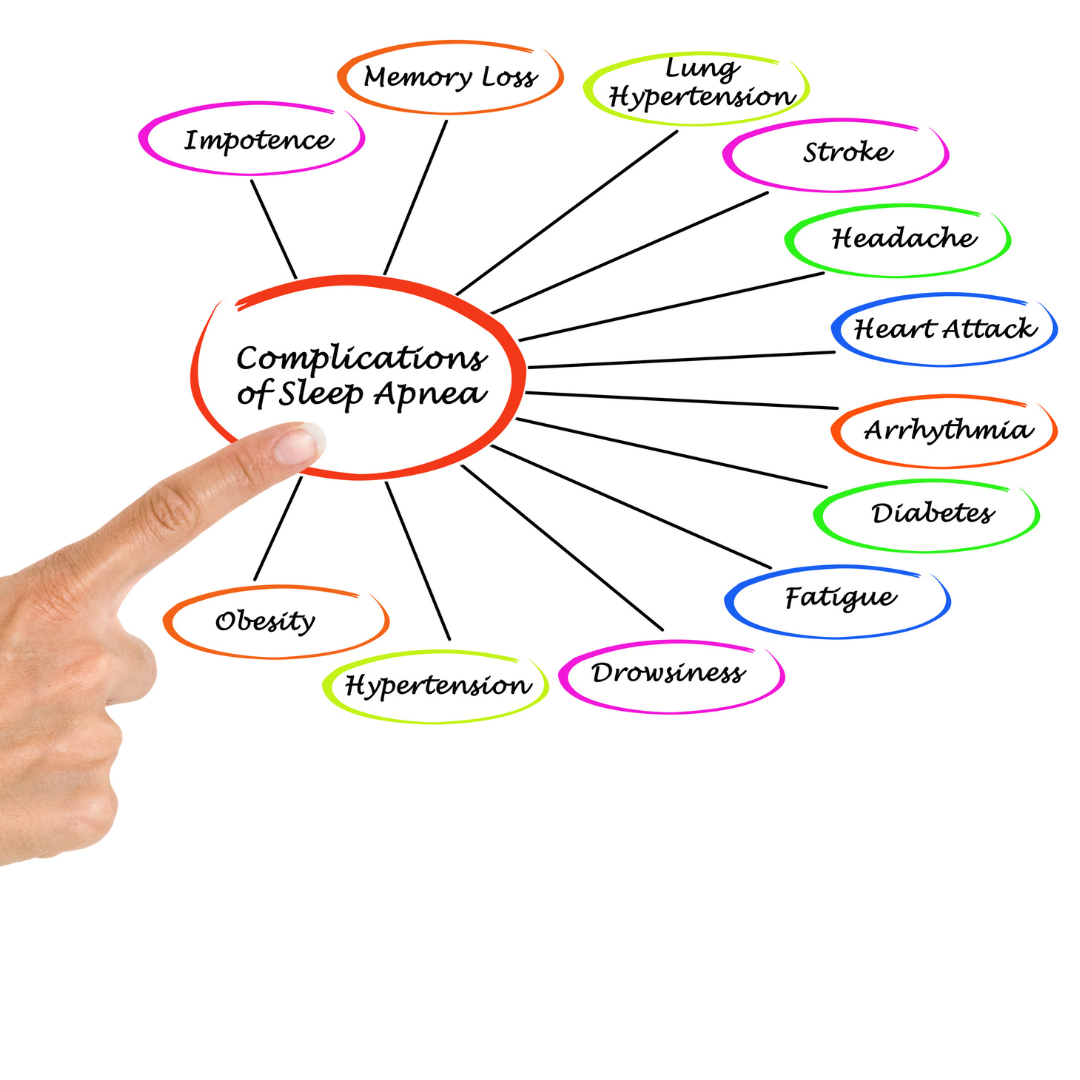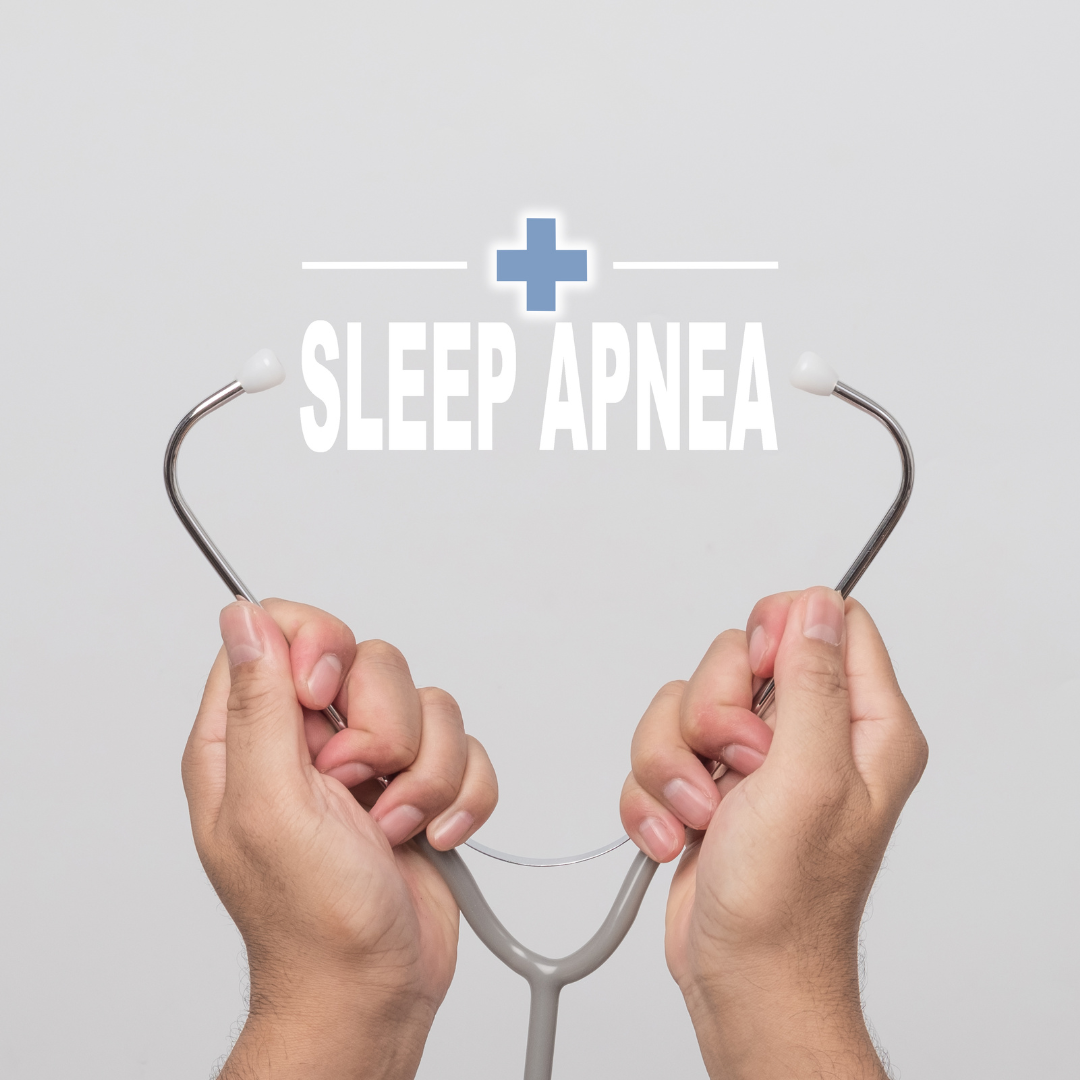Ear Nose THroat
Ear Nose throat

Clinic is open from Monday through Saturday, offering consultations from 7:00 AM to 9:00 PM. Feel free to visit during these hours for your healthcare needs. We are here to provide quality services and ensure your well-being.
Services

We provide comprehensive services such as blood investigations, blood pressure and blood sugar monitoring, ECG, vaccination, and urine examinations. Click here to learn more about our offerings.
Schedule Your appointment
Healthify me !
Decoding Common Cold and Flu: Symptoms, Prevention, and Treatment



Exploring respiratory infections requires a comprehensive understanding of the common cold and flu. This article aims to unravel the nuances of their symptoms, preventive measures, and available treatments, offering insights into managing these prevalent ailments.
Symptoms of the Common Cold: The common cold typically manifests with symptoms like a runny or stuffy nose, sneezing, coughing, and a mild sore throat. While usually mild, these symptoms can be bothersome.
Flu Characteristics: Influenza, or the flu, often presents with more intense symptoms, including high fever, body aches, fatigue, and a persistent cough. Severe cases may lead to complications.
Preventive Measures:
- Hand Hygiene: Regular handwashing minimizes the risk of viral transmission.
- Vaccination: Annual flu vaccination is a key preventive measure, especially for vulnerable populations.
- Respiratory Hygiene: Covering mouth and nose when coughing or sneezing helps prevent the spread of respiratory droplets.
Boosting Immunity: Maintaining a healthy lifestyle, including a balanced diet, regular exercise, and adequate sleep, contributes to a robust immune system, reducing the susceptibility to infections.
Over-the-Counter Treatments: For the common cold, over-the-counter medications can alleviate symptoms, such as decongestants and pain relievers. However, antibiotics are ineffective against viral infections.
Antiviral Medications for the Flu: In the case of the flu, antiviral medications may be prescribed by healthcare professionals to reduce the severity and duration of symptoms, particularly if administered early.
Hydration and Rest: Adequate hydration and ample rest are crucial components of recovery for both the common cold and flu. They support the body’s immune response and overall well-being.
When to Seek Medical Attention: Monitoring symptoms is essential, and medical attention should be sought if there is difficulty breathing, persistent high fever, or worsening symptoms over time.
Public Health Awareness: Practicing good respiratory hygiene not only protects individuals but also contributes to public health by reducing the spread of these contagious infections.
In conclusion, understanding the common cold and flu involves recognizing symptoms, adopting preventive measures, and knowing when to seek appropriate treatment from your ENT consultant. By combining individual vigilance with broader public health efforts, we can collectively minimize the impact of these widespread respiratory infections.
Critical Role of ENT in Sleep Apnea Diagnosis and Treatment



Sleep apnea, a prevalent sleep disorder affecting millions worldwide, often involves the intricate workings of the Ear,
Nose, and Throat (ENT) system. This article aims to illuminate the significant role that ENT specialists play in the diagnosis and treatment of sleep apnea, shedding light on the vital connection between respiratory health and peaceful slumber.Understanding Sleep Apnea: Sleep apnea is characterized by pauses in breathing during sleep, leading to fragmented and disrupted sleep patterns. While multiple factors contribute to this condition, the role of the ENT system is particularly noteworthy.
ENT Evaluation: ENT specialists are instrumental in conducting thorough evaluations to identify anatomical issues that contribute to sleep apnea. This may include assessing the size of the tonsils, the structure of the nasal passages, and the position of the tongue and soft palate.
Nasal Obstruction and Sleep Apnea: Conditions such as nasal congestion or structural abnormalities can impede smooth airflow, contributing to sleep apnea. ENT examinations help pinpoint these obstructions, guiding appropriate interventions.
Tonsils and Adenoids: Enlarged tonsils and adenoids, common culprits in pediatric sleep apnea, are diligently examined by ENT specialists. Surgical removal, if necessary, can significantly alleviate symptoms and improve sleep quality.
The Role of Palatal Surgery: ENT interventions, such as uvulopalatopharyngoplasty (UPPP) or genioglossus advancement (GA), aim to address issues within the throat that may contribute to airway obstruction during sleep.
Continuous Positive Airway Pressure (CPAP) Compliance: ENT specialists work collaboratively with sleep medicine professionals to ensure effective CPAP therapy. Addressing any nasal or throat issues improves patient compliance and enhances the success of CPAP treatment.
Customized Treatment Plans: Every patient is unique, and ENT specialists tailor treatment plans to individual needs. This may involve a combination of surgical interventions, lifestyle modifications, and continuous monitoring.
Follow-up Care: ENT specialists play a crucial role in post-treatment care, monitoring the effectiveness of interventions and addressing any emerging concerns to optimize long-term outcomes.
In conclusion, the collaboration between sleep medicine and ENT specialists is pivotal in unravelling the complexities of sleep apnea. By recognizing and addressing ENT-related factors, individuals can embark on a journey towards restorative sleep and improved overall well-being.
